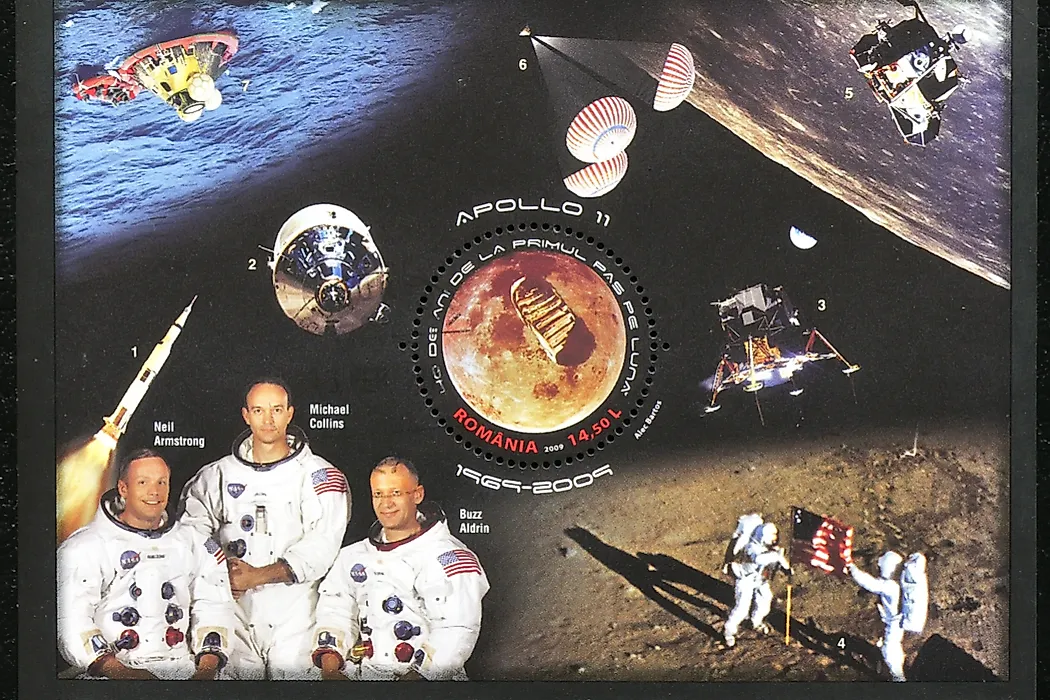Who Were the First Astronauts to Land on the Moon?

In 1961, President John Kennedy spoke of land human beings on the moon, and even though they were not ready, they knew that it was possible. By then NASA was trying to send astronauts to space as they prepare for the first ever moon landing which happened eight years later. The three people on the moon-landing mission were Edwin Aldrin, Neil Armstrong, and Michael Collins. These three astronauts were experienced on Apollo 11 and had been to space on different missions before going to the moon.
Who Were the Astronauts on the Moon Landing Mission?
Neil Armstrong was born on August 5, 1930, and at age 38 he became the first civilian ever to command two space missions. He had previously piloted Gemini 8 on a mission that resulted in two vessels docking in space for the first time. Michael Collins was the one flying Gemini-10, and he space walked for over one hour. Edwin Aldrin was the first individual with a doctorates degree to go to the moon. Born in New Jersey, January 20, 1930, Edwin piloted Gemini-12, and he spent 20 minutes in space just to prove that you can work on your spacecraft.
Launching of Apollo 11
Before the mission, the planners had studied the surface of the moon for over two years to determine the best position to land the spacecraft. Using the up-close photographs captured by a surveyor vessel and the high-resolution photographs captured by the Lunar-Orbiter satellite, they narrowed the first thirty landing spots to three. Some of the factors which helped them determine the landing spot included the terrain of the surface including craters, cliffs, and boulders. On July 16, 1969, NASA launched the Apollo 11 at the Kennedy Space Center.
Who Were the First Men on the Moon?
The astronauts entered the lunar module (known as the eagle) on July 20, 1969, where they separated from the Command/Service Module and proceeded to the moon. Collins remained in the orbit where he did some experiments and took some photographs while Armstrong and Edwin landed on the moon. After landing, they confirmed if the systems were ok and then configured the vessel before they ate. Armstrong and Aldrin skipped the scheduled four hour rest and proceeded to explore the moon instead.
Armstrong was the first to descend at around 11:56 pm followed by Aldrin twenty minutes later. Armstrong was the one documenting the landing; therefore, most of the photographs captured on the moon were of Aldrin. While on the moon, Aldrin and Armstrong did some experiments and collected rocks and soil samples to take back to earth. They erected the flag of the United States on the moon. They even spoke to President Nixon while on the moon.
Before leaving they left a silicon disk containing messages from seventy-three nations plus the names of the NASA and congressional leaders. Armstrong left memorial medallions containing the names of the astronauts who perished on Apollo 1, Yuri Gagarin (the first man to space) and two cosmonauts who had also died. The astronauts walked a total distance of approximately 3,300 feet and collected 47.51 pounds of samples.











